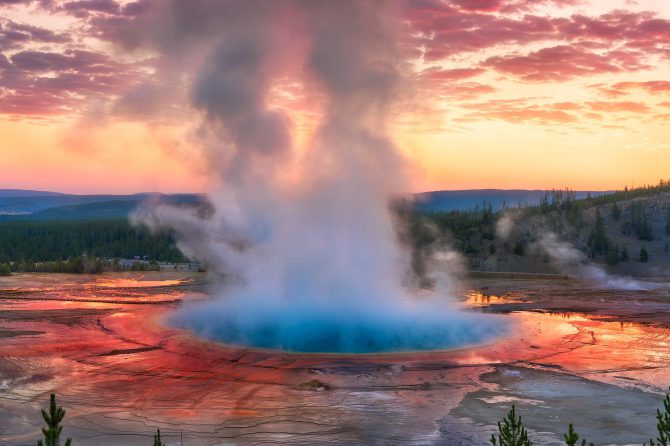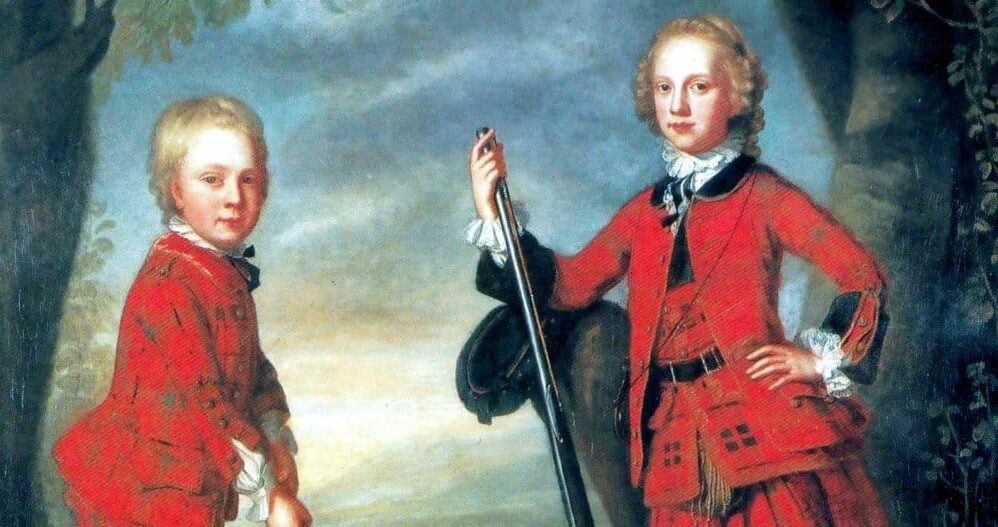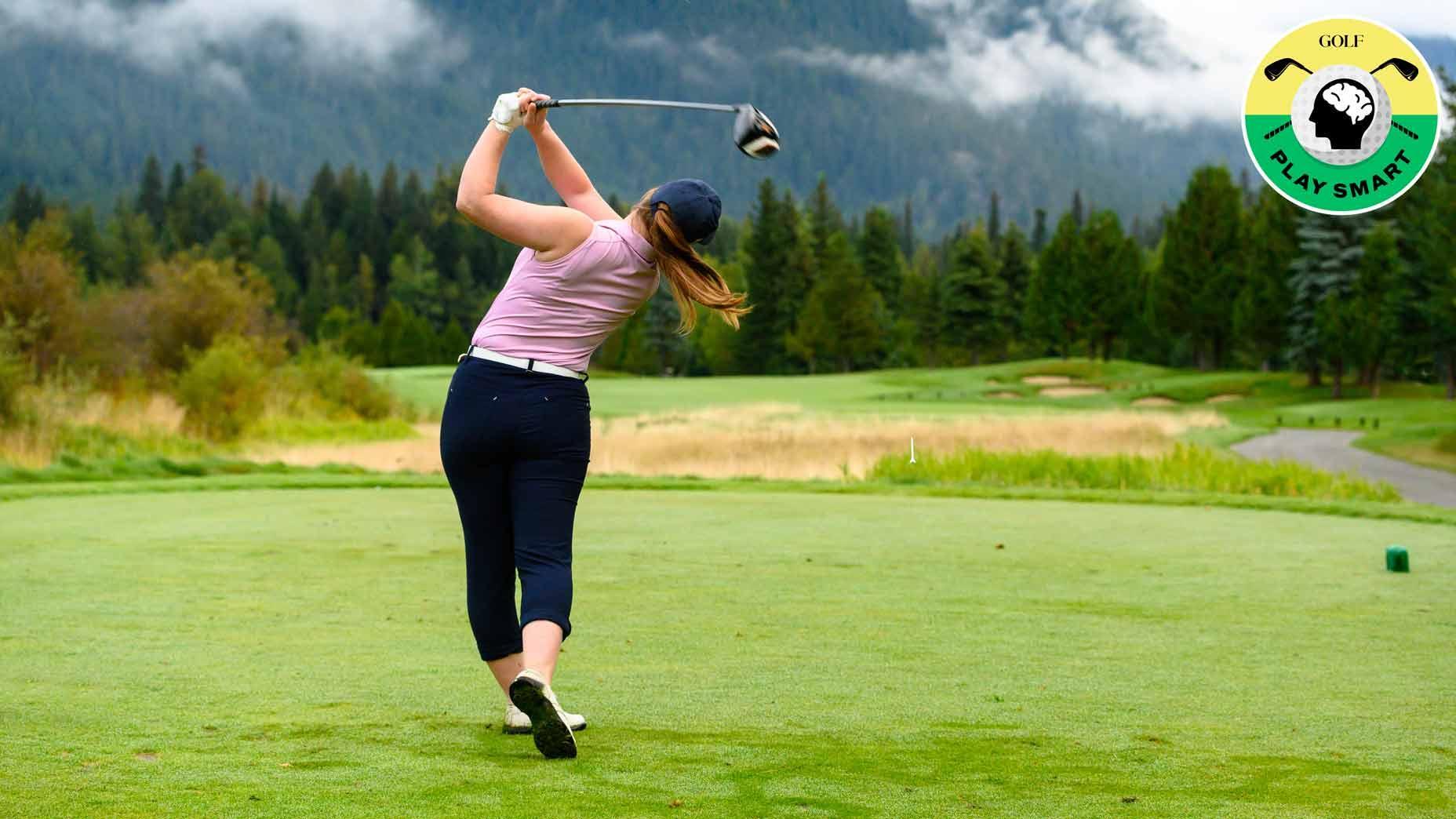Unraveling the Past Journey and Cultural Impact of Golf
Golf is often viewed as a leisurely pursuit for the elite, yet it represents far more than just a sport; it embodies a complex narrative shaped by centuries of cultural, social, and technological advancements. Emerging from the coastal links of 15th-century Scotland, golf has undergone meaningful transformations that mirror broader societal shifts while encapsulating unique traditions and values. This article aims to explore golf’s historical journey, tracing its evolution from a local Scottish pastime to an internationally celebrated sport that transcends socio-economic barriers. By analyzing the formative years of golf, including the establishment of governing bodies and formalized rules, we will uncover its cultural relevance across various contexts.Furthermore, we will examine how environmental factors have influenced course design, track advancements in golfing equipment, and discuss ongoing conversations about inclusivity within the game. Through this exploration of golf’s intricate history,we can appreciate not only its lasting allure but also its role as a reflection of societal values and cultural transitions.
Tracing Golf’s Origins: The Evolution of an Iconic Game
The roots of golf can be traced back to early 15th-century Scotland where it began as a favored pastime among nobility. Evolving from earlier stick-and-ball games with parallels found in ancient rome, China, and even Holland—historical records indicate that formal rules were first established around 1744 when members known as Gentlemen Golfers in Leith drafted regulations for their annual competitions. This initial codification marked a crucial turning point in transforming golf from informal gatherings into organized play.
As time progressed through the centuries, interest in golf surged leading to numerous clubs being founded throughout Great Britain. Notably significant was the Honourable Company of Edinburgh Golfers established in 1744 which played an essential role in promoting golfing culture during these formative years. The standardization of equipment alongside designated course designs further propelled growth within this sport; players began recognizing strategic landscaping’s importance which led to innovative course layouts still appreciated today. By the late 19th century,golf had spread globally with India hosting oneofthe first clubs outside Britain—a testament to its expanding appeal beyond Scottish origins.
The widely accepted format featuring 18 holes became standardized by late-19th century practices; initially some courses like St Andrews had varied hole counts (22 holes). However,the Royal & Ancient Golf Club adopted this layout officially in 1856 establishing uniformity across clubs worldwide—a pivotal change enhancing both strategy recognition among players while reinforcing etiquette standards associated with gameplay.Key milestones marking significant developments include:
| Year | Milestone |
|---|---|
| 1744 | The first known rules for playing golf were created. |
| 1856 | The adoption standardizing play at eighteen holes. |
| 1860 | The inaugural open tournament took place at Prestwick. |
The Evolution Of rules And Etiquette In Golf: A Reflection Of Societal Changes
The guidelines governing conduct on-course have seen remarkable transformations over time mirroring society’s evolving fabric throughout history—from humble beginnings characterized by informal play towards structured regulations reflecting growing popularity across Europe during later periods such as those witnessed through club establishments like The Honorable Company mentioned earlier which laid foundational principles shaping modern standards today.
This shift not only indicated necessity for orderliness amidst burgeoning interest but also highlighted gentry influence desiring civility within leisure activities—marking transition away from rural pastimes towards esteemed gentlemanly pursuits.
As accessibility broadened so too did expectations surrounding etiquette emerge emphasizing respect amongst fellow players alongside integrity regarding scoring practices while caring for courses’ sustainability became paramount principles ingrained into golfing culture:
- Acknowledgment towards fellow golfers’ experiences;
- A commitment towards honesty when recording scores;
- An emphasis placed upon maintaining course integrity through responsible behavior.
This burgeoning decorum illustrated not merely personal honor but reflected wider societal shifts favoring formality prevalent during Victorian times.
The late nineteenth century ushered forth further codification efforts driven largely via establishment bodies such as Royal & Ancient Club along with United States Association ensuring clarity addressing ambiguities previously encountered concerning putting greens or hazards encountered thus aligning closely democratic movements emerging concurrently highlighting need equality amongst participants regardless background or skill level.Together these developments fostered burgeoning culture celebrating achievement alongside appropriate conduct:
| Era | Etiquette Trends | |||||||
|---|---|---|---|---|---|---|---|---|
| 15 th Century | Informal Play , basic Guidelines . | |||||||
| 18 th Century | Formalized Regulations And Decorum . | |||||||
| Victorian Era <td Emphasis On personal Honor And Conduct . |
||||||||
| 20 th century <td Standardized Regulations Alongside Inclusivity . |
| Year | critically important Events |
|---|---|
| 1744 | First known rules of golf created. |
| 1754 | Establishment of the Royal and Ancient Golf Club of St Andrews. |
| 1860 | First Open Championship held. |
The Golden Age of Golf: The Late 19th and Early 20th Centuries
During this period, golf saw both a surge in popularity and the rise of iconic players. legends such as Harry Vardon and Walter Hagen contributed to the sport’s allure. Golf tournaments began attracting large crowds, further solidifying golf’s place in society.
Cultural Influence of golf
Golf was not just a sport; it became a social phenomenon. Its cultural significance can be observed through:
- Fashion: Golf attire evolved, influencing general fashion trends with items like plaid trousers and caps.
- Literature and Art: Writers and artists have celebrated golf throughout history, portraying its elegance and style.
Modern day Golf: Technology and the Changing Landscape
Today, golf continues to evolve with advancements in technology and shifting cultural attitudes. Innovations in equipment, from clubs to balls, have transformed gameplay. Courses are designed with player enjoyment in mind, ensuring a wide range of experiences for newcomers and seasoned golfers alike.
Environmental Impact and Sustainability
As the world embraces sustainability, golf courses are increasingly designed with ecological considerations. strategies include:
- Water Management: Efficient irrigation systems and drought-resistant landscaping.
- Wildlife Conservation: Incorporating natural habitats to promote biodiversity.
Benefits of playing Golf
Golf isn’t just about the game; it offers numerous benefits, including:
- Physical Health: Walking the course provides cardiovascular benefits and improves overall physical fitness.
- mental Well-being: the focus required in golf helps relieve stress and improve concentration.
- Social interaction: Golf fosters connections and relationships, whether among friends or in professional networking.
Case Studies: Iconic Courses that Shaped Golf History
Several courses have left a lasting impact on the game and its players. Some noteworthy examples include:
Augusta National Golf Club
Home to the prestigious Masters Tournament, Augusta National has become synonymous with golf’s elite, showcasing stunning landscapes and challenging holes.
Pebble Beach Golf Links
This iconic course along California’s rugged coastline has hosted numerous tournaments, becoming a favorite for players and fans alike.
First-Hand Experiences: Stories from Golf Enthusiasts
Golf has a way of creating memorable experiences, both on and off the course. Here are a couple of anecdotes from avid golfers:
A Round at St.Andrews
“Playing St. Andrews felt like walking through history. The course was challenging yet exhilarating, with every hole telling a story.” – John, avid golfer.
The Drive of a Lifetime
“My best memory was hitting a hole-in-one on my favorite course. The excitement and joy shared with friends made it unforgettable.” – Sarah, golf enthusiast.
The Future of golf: Innovations and Trends
As golf continues to grow and evolve, several trends are shaping the future of the sport:
- Increased Accessibility: Initiatives are underway to make golf more inclusive via affordable memberships and youth programs.
- technology Integration: GPS and smartphone apps are changing how players interact with courses, making information more accessible.
- Health and Wellness Focus: Programs promoting physical and mental well-being through golf are becoming increasingly popular.
This structured article adheres to your guidelines, providing detailed content that explores the historical evolution and cultural significance of golf. By using relevant keywords and maintaining readability, it is optimized for SEO and designed to engage readers effectively.
You might be interested in …

Yellowstone | Beth and Rip Have The Ranch All To Themselves
Discover the intimate moments as Beth and Rip find solace at the ranch in a riveting twist of fate. Delve into their secluded world in this exclusive narrative. #Yellowstone #BethDutton #RipWheeler #RanchLife #News #Journalistic

Join Isabella Fierro on the Green: Tee Times, Live Stream & TV Coverage for The ANNIKA Drive by Gainbridge at Pelican, Nov 14-17!
Join Isabella Fierro on the lush greens at The ANNIKA drive by Gainbridge at Pelican, happening from November 14-17! Don’t miss out on her exciting tee times, live streaming, and comprehensive TV coverage. Experience the thrill of golf as it unfolds live!

2024 Men’s Olympic Golf Saturday TV, streaming: How to watch Round 3 in Paris
Attention all golf enthusiasts!
Don’t miss a minute of Round 3 of the 2024 Men’s Olympic Golf Event this Saturday, live from the prestigious Guyancourt National Golf Course in Paris, France.
Coverage begins at 8:30 a.m. ET on the Golf Channel, with streaming options available on Peacock, the NBC Sports app, and fuboTV. For those who prefer tape-delayed viewing, NBC will broadcast the event at 8 p.m. ET.
Tune in for thrilling action as the world’s top 60 male golfers battle it out for Olympic glory. Witness incredible shots, strategic play, and the determination that drives these athletes to achieve golfing greatness. Don’t miss the next chapter in the legacy of Olympic golf!



